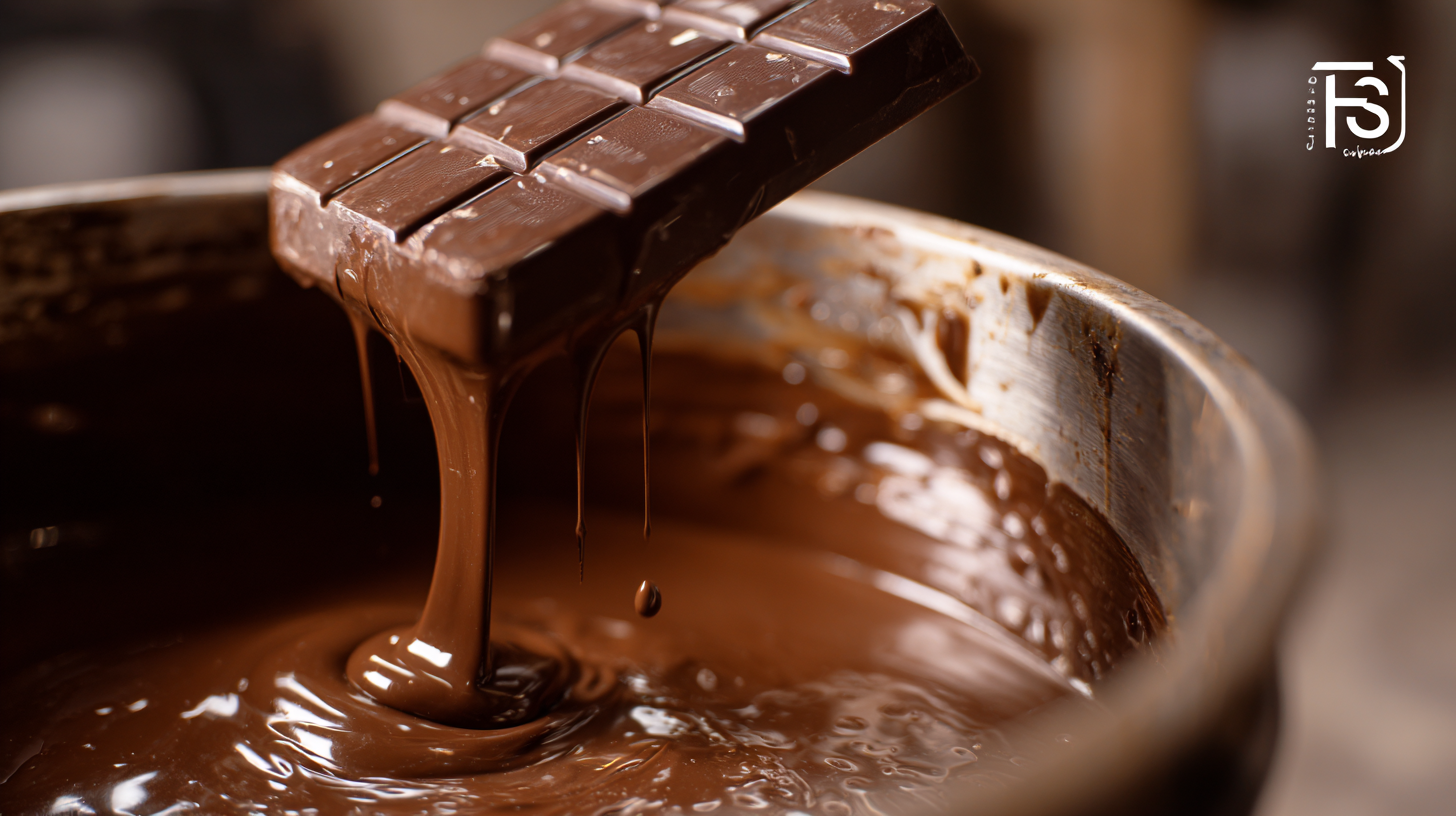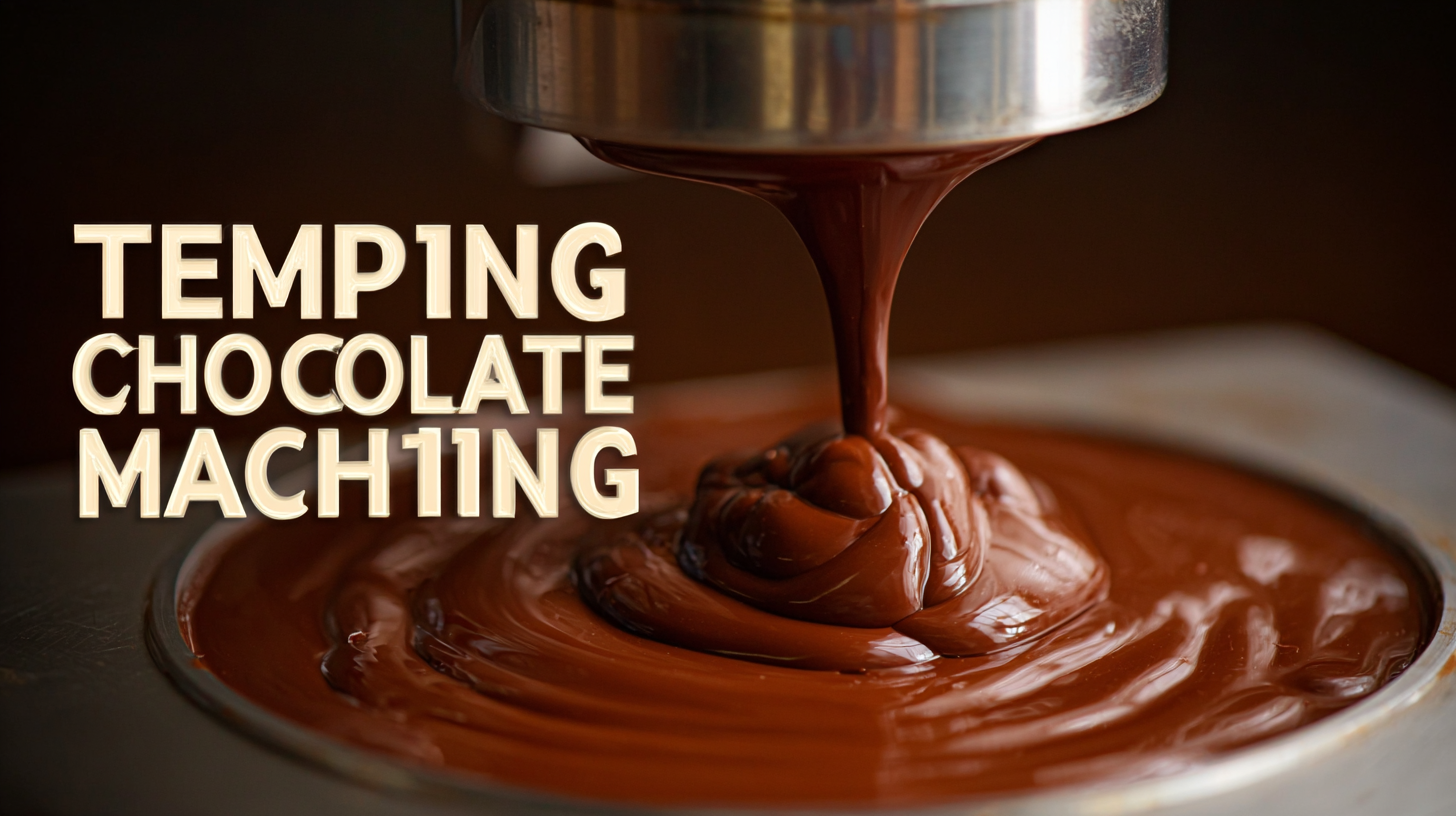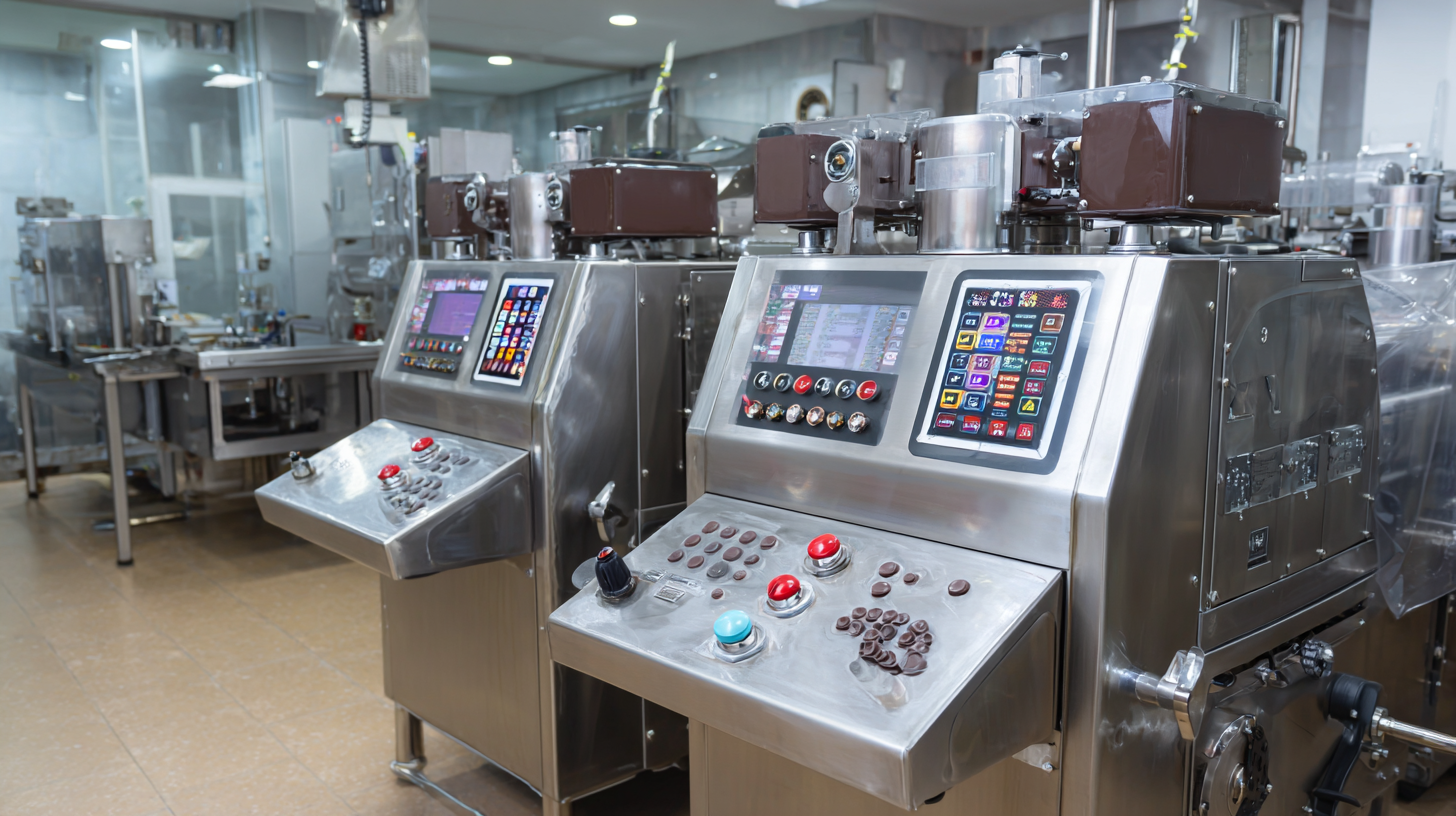7 Secrets to Choosing the Best Tempering Machine for Chocolate
The art of chocolate tempering is essential for achieving the perfect texture, sheen, and snap in chocolate confections, and selecting the right tempering machine for chocolate is crucial for both small-scale artisans and large manufacturers. According to a recent market report, the global chocolate processing equipment market is projected to reach USD 3.41 billion by 2025, highlighting the increasing demand for high-quality chocolate products. With various tempering machines available, it is vital to understand their specific technical parameters such as capacity, temperature control, and speed, which play a pivotal role in production efficiency and product quality. In this blog, we will unveil seven secrets to help you make an informed choice when investing in a tempering machine for chocolate, ensuring that your creations not only meet but exceed consumer expectations.

Understanding the Key Technical Specifications of Tempering Machines
When selecting the ideal tempering machine for chocolate production, understanding its key technical specifications is essential. High-quality tempering machines typically feature precise temperature control, which is crucial for achieving the perfect crystal structure in chocolate. According to a report by the National Confectioners Association, the tempering process can enhance the glossy appearance of chocolate by up to 30%, making it more appealing to consumers. Features such as a digital temperature display, adjustable heating and cooling settings, and intelligent circulation systems play a significant role in ensuring uniform chocolate consistency.
Tip: Look for machines equipped with advanced temperature monitoring systems to maintain optimal conditions throughout the tempering process. This not only improves the quality of your chocolate but also reduces waste and increases efficiency.
Another critical specification is the machine's capacity. Small-scale artisanal chocolate makers may require machines that offer flexibility in batch sizes, while larger manufacturers will benefit from machines designed for high throughput. Market research indicates that versatile machines can reduce production time by 40%, allowing businesses to respond quicker to consumer demands.
Tip: Assess your production needs carefully; investing in a machine that matches your output volume will significantly enhance productivity without compromising quality.

Identifying Your Chocolate Production Scale and Needs
When selecting the best tempering machine for chocolate, understanding your production scale and specific needs is paramount. The first step is to assess the volume of chocolate you plan to produce. For artisanal chocolatiers who create small batches, a compact, countertop tempering machine might suffice. However, larger operations requiring high throughput will benefit from industrial-sized machines that can handle continuous production without compromising quality.
Another important consideration is the type of chocolate you work with. Different tempering machines cater to various chocolate formulations, whether it’s dark, milk, or white chocolate. Additionally, your machine should align with your production workflow. If you plan to expand your offerings, investing in versatile equipment that can accommodate future recipes will be invaluable. By carefully identifying your chocolate production scale and needs, you can choose a tempering machine that not only meets your current requirements but also supports your growth in the chocolate industry.
Evaluating Temperature Control Features for Optimal Results
When it comes to tempering chocolate, precise temperature control is critical to achieving that glossy finish and smooth texture that chocolate lovers crave. The best tempering machines offer advanced temperature control features that ensure your chocolate is heated and cooled at the right intervals. Look for machines that have digital displays and multiple heating zones, allowing for meticulous adjustments to match the specific types of chocolate you are working with. This capability will help prevent overheating, which can lead to a grainy texture, or underheating, which may result in dull-colored chocolate.
Another essential feature to consider is the machine's ability to maintain a consistent temperature throughout the tempering process. Machines that offer a range of temperature settings can provide better results for different chocolate varieties, such as dark, milk, or white chocolate. In addition, some machines come with built-in stirring mechanisms that ensure even heat distribution, preventing hot spots and preserving the chocolate's quality. Features like these not only enhance the final product but can also save time and reduce waste, making your chocolate tempering process more efficient and enjoyable.
Temperature Control Features in Chocolate Tempering Machines
Exploring User-Friendly Interfaces and Automated Functions
When selecting the ideal tempering machine for chocolate, the focus should not only be on performance but also on the user experience provided by its interface and automated functions. A user-friendly interface is crucial for efficient operation, as it allows users to navigate through various settings and features seamlessly. Machines equipped with intuitive touchscreens or simple button layouts enable chocolatiers to adjust temperature settings or monitoring parameters without extensive technical knowledge. This convenience can significantly reduce the learning curve for new users, enhancing productivity right from the start.
Automation plays a pivotal role in modern tempering machines, streamlining the chocolate-making process. Automatic temperature regulation and real-time feedback systems not only ensure precision but also minimize the chances of human error. Features such as recipe memory and automated cleaning functions can significantly reduce downtime and maintenance efforts. As the chocolate industry continues to evolve, the integration of user-friendly interfaces and advanced automation into tempering machines will empower artisans to focus more on creativity rather than the complexities of operation, ultimately leading to superior products.
7 Secrets to Choosing the Best Tempering Machine for Chocolate - Exploring User-Friendly Interfaces and Automated Functions
| Feature | Importance | Benefits | User Experience |
|---|---|---|---|
| Temperature Control | High | Ensures perfect chocolate texture | Allows precise adjustments |
| User-Friendly Interface | High | Easy operation for beginners | Intuitive controls and displays |
| Automated Functions | Medium | Reduces manual effort | Saves time and effort |
| Size and Capacity | Medium | Meets production needs | Fits kitchen or workspace |
| Cleaning and Maintenance | High | Ensures hygiene and functionality | Simplified cleaning processes |
| Heating Technology | High | Consistent melting | Minimizes burnt chocolate |
| Price | Medium | Budget planning | Value for features and quality |
Assessing Build Quality and Maintenance Requirements for Longevity
When selecting the best tempering machine for chocolate, assessing build quality and maintenance requirements is crucial for ensuring longevity and consistent performance. According to a report by Grand View Research, the global chocolate market is expected to reach over $200 billion by 2024, necessitating reliable equipment that can withstand continuous use. High-quality tempering machines made from stainless steel not only offer durability but also improve hygiene standards, reducing the risk of contamination during chocolate processing.

Maintenance is another significant factor that directly impacts the lifespan of a tempering machine. Regular servicing and adherence to manufacturer guidelines can extend the equipment's operational life and optimize its performance. A study by the International Journal of Food Engineering indicates that maintenance protocols can enhance production efficiency by up to 30%. Machines with easy-to-clean designs and accessible components are particularly valuable, as they simplify routine maintenance tasks, thus supporting the operator's ability to maintain optimal working conditions and minimize downtime.
